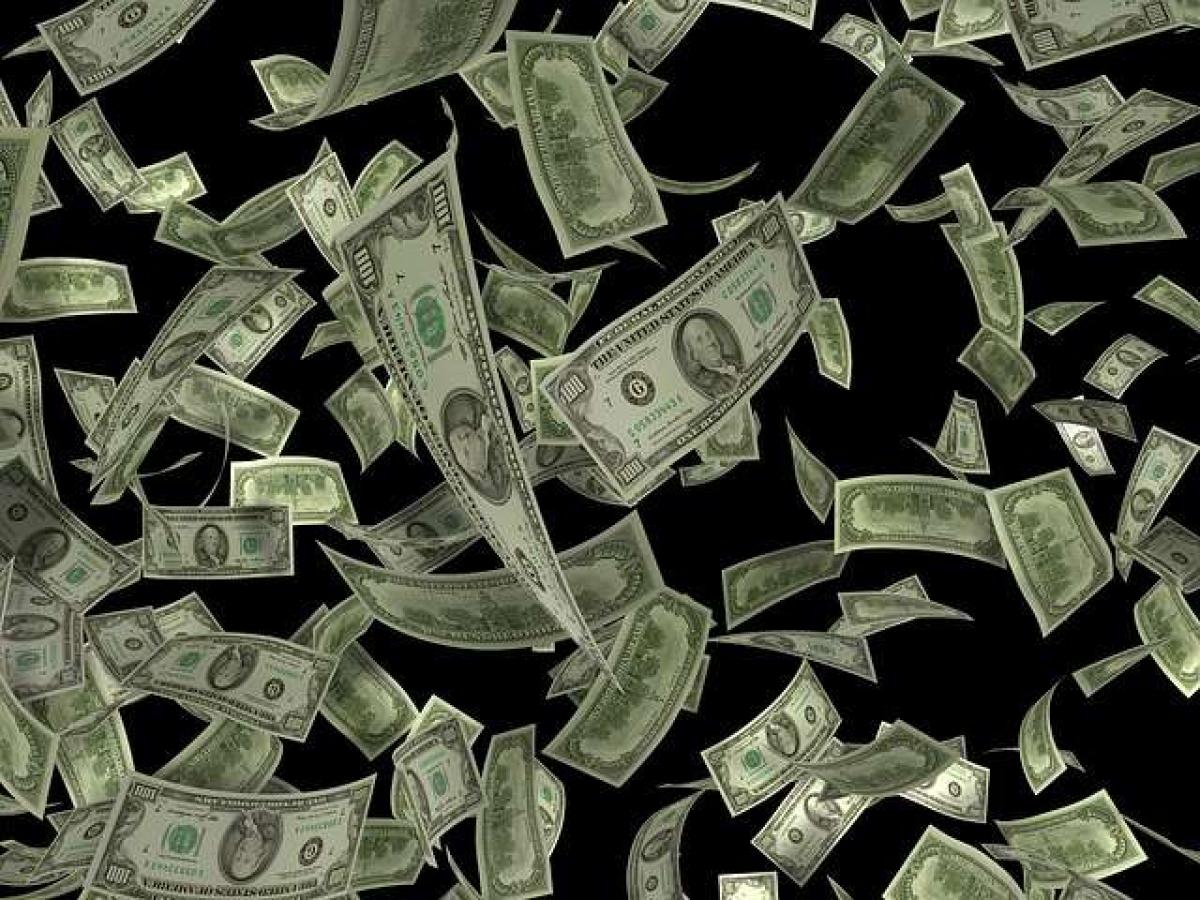Activist hedge funds can always be expected to trade both in lit exchanges and in dark pools, in the course of accumulating the equity stake that in turn will give them sway at an annual meeting or inside the boardroom.
That is one inference from a model developed for the study of activist trading by two scholars with the University of Illinois at Urbana-Champaign.
Mao Ye, Department of Finance,* and Wei Zhu, Department of Accountancy, posit the following:
“We first consider a model with two trading venues: a lit exchange and a dark pool. The lit exchange is organized as in Kyle (1985), where a market maker sets the break-even price to clear the imbalance between the buy and sell orders. There are also two other types of agents: (1) an informed trader who knows the value of the asset at the initial date 0, and (2) many liquidity traders who trade for exogenous reasons. On date 1, the exchange opens. The market maker observes the aggregate order flow of the informed and liquidity traders, but not the individual components. He sets the price at the conditional expectation of the value of the asset. On date 2, the dark pool opens. The dark pool does not have an independent price; instead, it uses the price set by the exchange to match buy and sell orders. As the dark pool has no market maker to absorb the order imbalance, orders on the side with fewer shares get full execution while orders on the side with more shares get partial execution.”
Note that the model is in some respects very parsimonious, and some might take this as grounds for criticism. For example, Ye and Zhu allow only the two sorts of traders mentioned in that passage and presume that the liquidity traders trade only for exogenous reasons. In a more realistic model, even the liquidity traders could have endogenous reasons to trade: that is, they would have their own concerns over transaction costs.
A Straightforward Implication
The key point, though, is that there are two different sorts of transaction costs involved in the model, and the hedge fund activists, referred to in the passage above as “informed traders,” will have to balance the two costs against each other in their own practices. On the one hand, there is the often-inferior execution of the dark pools. On the other, there is the price impact of a lit trade. If the informed trader sticks only to the lit market, the price of the desired stock will increase as its activity proceeds. On the other hand, if it tries to prevent that by trading in the dark pools, then it may end up with only partial execution on its orders. It will try to minimize both sorts of cost by trading in both markets.
That informed traders will always trade in both venues is, these authors say, a “natural and straightforward implication from this endogenous trade-off.”
Another point: as the value of a trader’s information rises, the trader will increase its reliance on the dark pool, precisely because for trades on high-value information the cost of an increased price on the desired stock exceed the costs of the threat of partial execution.
Activism Events
One important fact to remember about activist hedge funds, from the point of view of this model, is that the non-public information to which they are privy concerns their own plans. Such a hedge fund making a purchase knows that it plans to make further purchases, and in the U.S. this means that it knows that and when it will file a 13D when it passes the statutory threshold, which is when the rest of the world will know what is going on.
When these authors crunch numbers in fleshing out their model they use risk-adjusted returns over a three-day period around the filing date of the Schedule 13D as their proxy for the value of this unique private information. The number crunching results in empirical findings that are in line with the a priori expectation built into their model; that is, they find that an increase in the value of information of one standard deviation accounts for a 2.63% increase in the market share of dark pools.
*Mao Ye is also affiliated with the National Bureau of Economic Research and has written influential papers on market structure issues, including a 2012 paper on the externalities of high-frequency trading.




